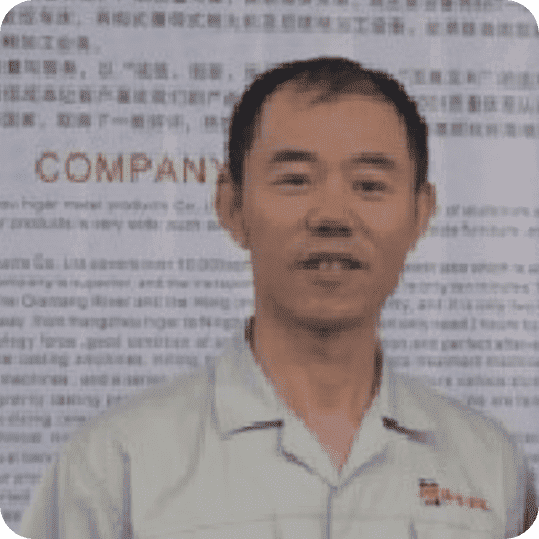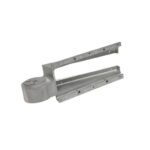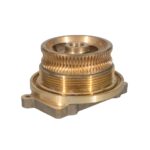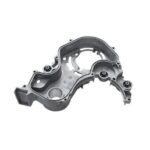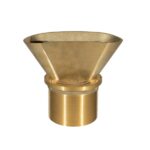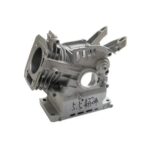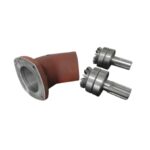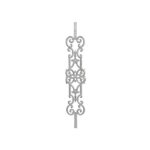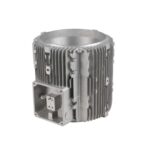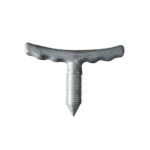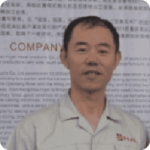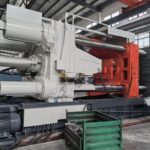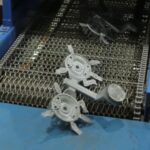When buyers first hear about aluminum die casting, the most common question is: “How does the process actually work, and why is it so widely used?”
In practice, aluminum die casting is one of the most cost-effective ways to produce large volumes of complex, lightweight, and high-strength components. In this article, I’ll walk you through the aluminum die casting process step by step, explain why cycle time and scrap control matter, and compare HPDC with other casting methods like sand casting and gravity die casting.
What Is Aluminum Die Casting?
Aluminum die casting is a high-volume manufacturing process where molten aluminum alloys are injected under high pressure into a custom-designed steel die (mold). The alloy quickly solidifies, creating a near-net-shape part with excellent surface finish and dimensional accuracy.
Buyers often ask, “What is aluminium die casting, and how is it different from other casting methods?” The answer lies in its speed, precision, and ability to reduce machining. Unlike sand casting or investment casting, HPDC achieves thin walls, tight tolerances, and mass-production efficiency.
Common alloys include A380, ADC12, and other aluminum die casting alloys, which combine strength, thermal performance, and corrosion resistance. Each alloy has unique properties, and choosing the right one can significantly influence cost and performance.
Steps of the Aluminum Die Casting Process (HPDC 101)
The process is often shown in an aluminum die casting process flow chart or step by step guide. Here’s how it works:
- Melting – Aluminum ingots are melted at 660°C (1220°F) into a liquid state.
- Die Preparation – The two halves of the die casting machine mold are cleaned, lubricated, and heated.
- Die Clamping – The aluminum die casting mould is securely locked to withstand high pressure.
- Injection – Molten aluminum is forced into the die cavity at pressures up to 20,000 psi.
- Solidification – The alloy cools rapidly, forming the desired shape.
- Ejection – The die opens, ejector pins release the solid part.
- Trimming – Excess material (flash, runners) is removed.
- Finishing – Machining, deburring, coating, or painting as required.
This aluminum die casting process step by step ensures repeatable quality, making it ideal for Tier 1 automotive, electronics, and lighting buyers.
Why Cycle Time Matters in HPDC
One of the key drivers of cost is cycle time. A typical high-pressure die casting cycle lasts 30–90 seconds, depending on wall thickness, part complexity, and cooling system design.
Accurate die casting cycle time calculation is critical for buyers because it directly influences cost-per-unit. Faster cycles mean higher productivity, but poor cooling control may increase aluminium casting defects such as porosity or warping.
Suppliers adjust high pressure die casting process parameters (injection speed, mold temperature, cooling time) to balance speed with quality.
Scrap and Defect Control
No manufacturing process is perfect. In HPDC, typical aluminium casting defects include:
- Porosity (tiny air pockets in the metal).
- Flash (excess metal at the parting line).
- Misruns (incomplete filling of the mold).
From a buyer’s perspective, lower scrap rates mean lower costs. One of the major advantages of die casting is that, when properly controlled, defect rates can be kept below 3–5%. This is a huge advantage compared to sand casting or gravity die casting, which often require additional machining and finishing.
Comparing HPDC With Other Casting Processes
Buyers frequently compare HPDC with alternative methods:
- Sand Casting – Lower tooling cost, but rougher finish, longer lead times, and less precision. Best for very low volume.
- Gravity Die Casting – Uses gravity instead of high pressure. Suitable for medium volumes but slower cycle times.
- Investment Casting – Excellent precision but much higher cost per unit.
- Low Pressure Die Casting – Good for larger parts like wheels, but slower than HPDC.
- Metal Injection Moulding Process – Works for very small, detailed parts, but not competitive for larger aluminum components.
For high-volume buyers, HPDC remains the most efficient process when balancing cost, quality, and scalability.
What Buyers Should Know About Suppliers
Choosing the right aluminum die casting manufacturer is as important as understanding the process itself. Key factors include:
- Die casting facilities – modern automation and quality control reduce defects.
- Machine tonnage range – determines the maximum part size they can handle.
- Experience with alloys – such as A380 aluminum properties vs ADC12.
Many leading aluminum die casting companies emphasize certifications and long-term OEM partnerships. Examples in the industry include names like PHB Incorporated, RCM Industries, and Allied Die Casting. Buyers should always review supplier capabilities before awarding contracts.
Buyer FAQs
Q: Is die cast aluminum cookware safe?
Yes, die cast aluminum cookware is safe when manufactured with food-grade coatings. The same HPDC process ensures durability and lightweight performance.
Q: What are A380 aluminum properties?
A380 aluminum properties include excellent fluidity, good corrosion resistance, and strength suitable for automotive and electronics housings.
Q: Which aluminum die casting alloys are most commonly used?
Common aluminum die casting alloys are A380, ADC12, and 383, each balancing strength, machinability, and cost efficiency.
Q: Can I request aluminum die casting process PDF guides?
Yes, many suppliers provide aluminium die casting process pdf or brochures showing their process parameters, flow chart, and QA systems.
Final Thoughts
For buyers, understanding the aluminum die casting process step by step is the key to making smarter sourcing decisions. HPDC (High-Pressure Die Casting) delivers high volume, precision, and cost efficiency unmatched by sand casting or investment casting.
When evaluating suppliers, always ask about:
- Cycle time calculation and efficiency.
- Defect control systems.
- Alloy options and material properties.
- Long-term support and TCO (Total Cost of Ownership).
A knowledgeable buyer can save significant cost and avoid hidden risks by looking beyond unit price.

